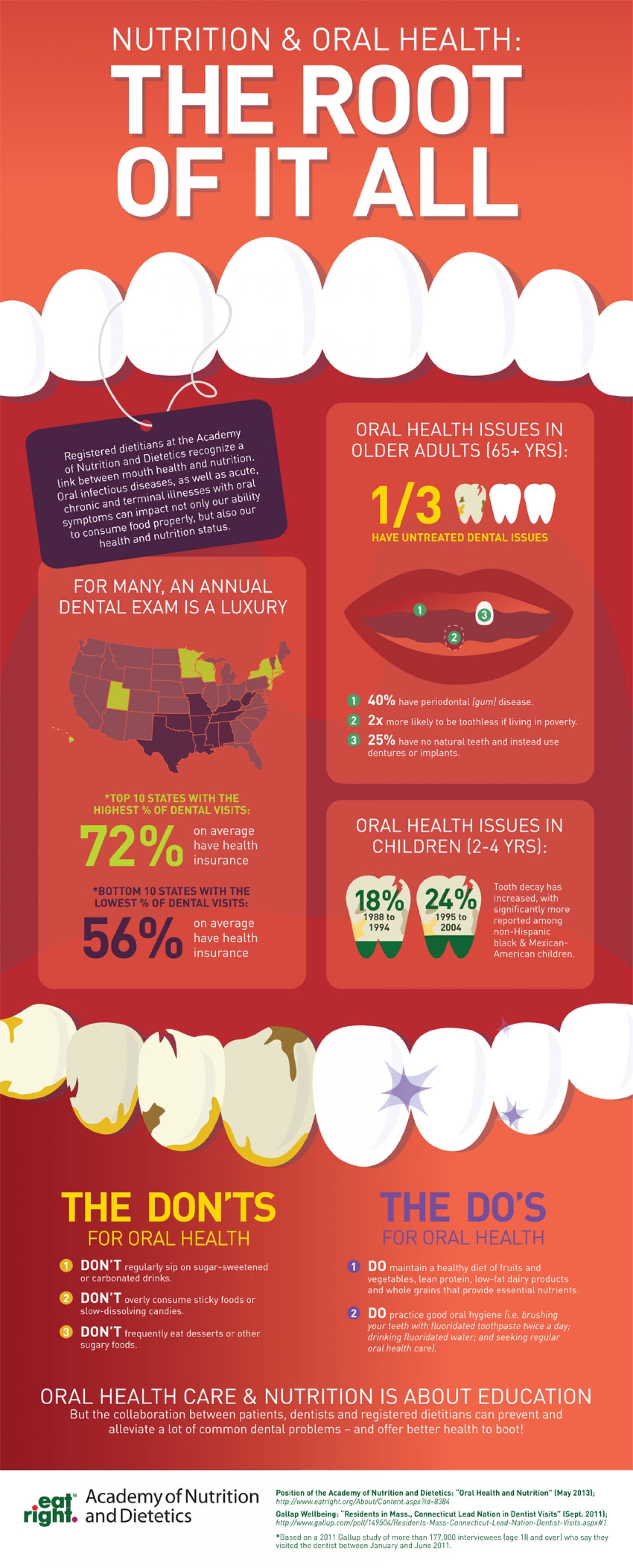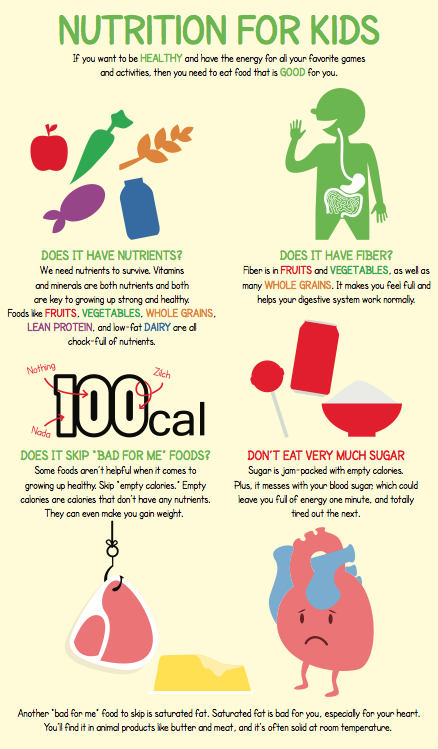
Good infographics on various Diet and Nutrition topics, however, require lots of research on the subject and off-course a competent subject matter expert.
NUTRITION INFOGRAPHIC FREE
This section of the website hosts free Diet Infographics and free Nutrition Infographics.ĭiet and Nutrition Infographics are widely used for educational and marketing purposes in Medical and healthcare sector. Welcome to ’s Free Diet and Nutrition infographics' section. U.S.Download Free Diet and Nutrition Infographics Population 2012Ĭenters for Disease Control and Prevention Second National Report on Biochemical Indicators of Diet and Nutrition in the U.S.


Iron is found in red meat, poultry (like chicken), seafood, white beans, lentils, and spinach. Mexican American and non-Hispanic black women are about 2 times more likely to be iron deficient than non-Hispanic white women.


By 1998, the FDA required that folic acid be added to all enriched cereal grain products, which include most breads, rice, and pasta. In 1992, CDC recommended that those who may become pregnant take folic acid to prevent birth defects. Often, women get folate by taking folic acid as a dietary supplement. Folic Acid Fortification: A public health success storyįolate is very important for pregnant women and women who may become pregnant because it lowers the risk that the baby will be born with birth defects of the brain and spine. Here’s a closer look at 4 specific measures. The results? Americans are doing pretty well: More than 9 out of 10 people are getting enough of some important vitamins and nutrients. The CDC report presents information on 58 measures of diet and nutrition in the body to give us a snapshot of the nutrition status of the U.S. The results from CDC’s Second Nutrition Report are in, and there’s lots of good news. Findings from CDC’s Second Nutrition Report


 0 kommentar(er)
0 kommentar(er)
